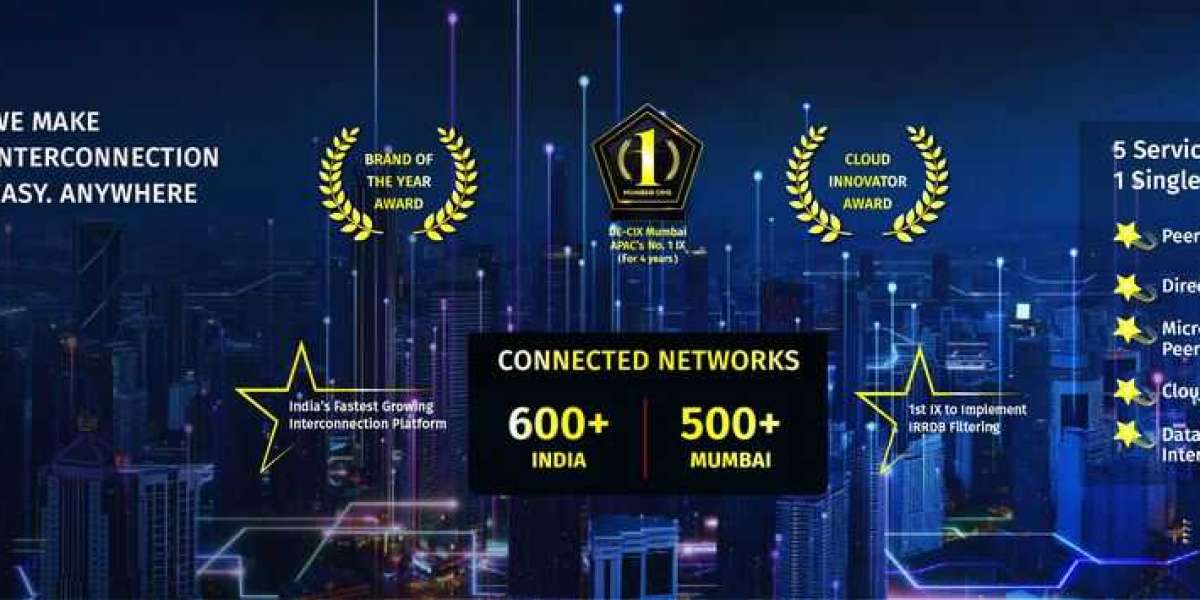As India’s digital economy expands, enterprises across regions are seeking better ways to interconnect, optimize performance, and improve user experience. Eastern India, with its growing ecosystem of industries, startups, and educational institutions, is no exception. One of the most strategic decisions enterprises in this region are making is to connect to Kolkata IX — a leading Internet Exchange operated by DE-CIX India. Let’s explore why this trend is accelerating and how it benefits local enterprises.
The Role of Kolkata IX
Kolkata IX serves as a neutral Internet Exchange Point (IXP) for Eastern India, providing a robust interconnection platform where networks can exchange traffic locally. This means Internet service providers (ISPs), content delivery networks (CDNs), cloud providers, and enterprises can directly peer with each other instead of routing their traffic through distant cities like Mumbai or Delhi. The result is lower latency, higher resilience, and better end-user experience.
Improving Network Performance
When enterprises in Eastern India route traffic through distant exchanges, they face increased latency, packet loss, and unpredictable routing behavior. Connecting to Kolkata IX solves this challenge by allowing them to exchange traffic within the region. This local interconnection helps deliver faster and more reliable services, whether it is video streaming, financial transactions, or business-critical cloud applications.
Optimized Internet Exchange Routing Policy
One of the critical advantages of Kolkata IX is its robust Internet Exchange routing policy. DE-CIX operates Kolkata IX with strict adherence to industry best practices for route filtering, prefix limits, and security. Enterprises can rely on the route servers at Kolkata IX to maintain policy-compliant routing, ensuring that only legitimate and authorized prefixes are exchanged between peers.
Moreover, Kolkata IX supports BGP communities that give networks greater control over how their routes are propagated. This helps enterprises build intelligent and flexible routing strategies while maintaining robust security standards.
Cost Efficiency and Scalability
By peering at Kolkata IX, enterprises can dramatically reduce upstream transit costs. Instead of paying higher rates to transport local traffic over long-haul links, they can exchange that traffic locally with other networks at the exchange. This results in better bandwidth utilization and substantial savings.
Additionally, Kolkata IX is designed to scale. As traffic grows, enterprises can upgrade their ports and services without worrying about complex bilateral peering agreements, enabling seamless growth alongside their digital ambitions.
Supporting the Local Digital Ecosystem
Eastern India is witnessing rapid growth in sectors such as fintech, healthcare, education, and e-commerce. These industries depend on robust, low-latency networks to deliver their services reliably. Kolkata IX empowers these organizations to improve their network performance, collaborate with regional partners, and foster digital innovation within the local ecosystem.
A Strategic Move for Enterprises
Connecting to Kolkata IX is more than a technical upgrade — it is a strategic investment in the region’s digital future. By participating in this neutral, secure, and policy-compliant Internet Exchange, enterprises gain better control over their network performance, reduce operational costs, and enhance the quality of service they deliver to their end-users.
At DE-CIX, our mission is to strengthen interconnection across India, and Kolkata IX stands as a testament to that commitment. For enterprises in Eastern India, it is the gateway to a more efficient, scalable, and resilient Internet.







